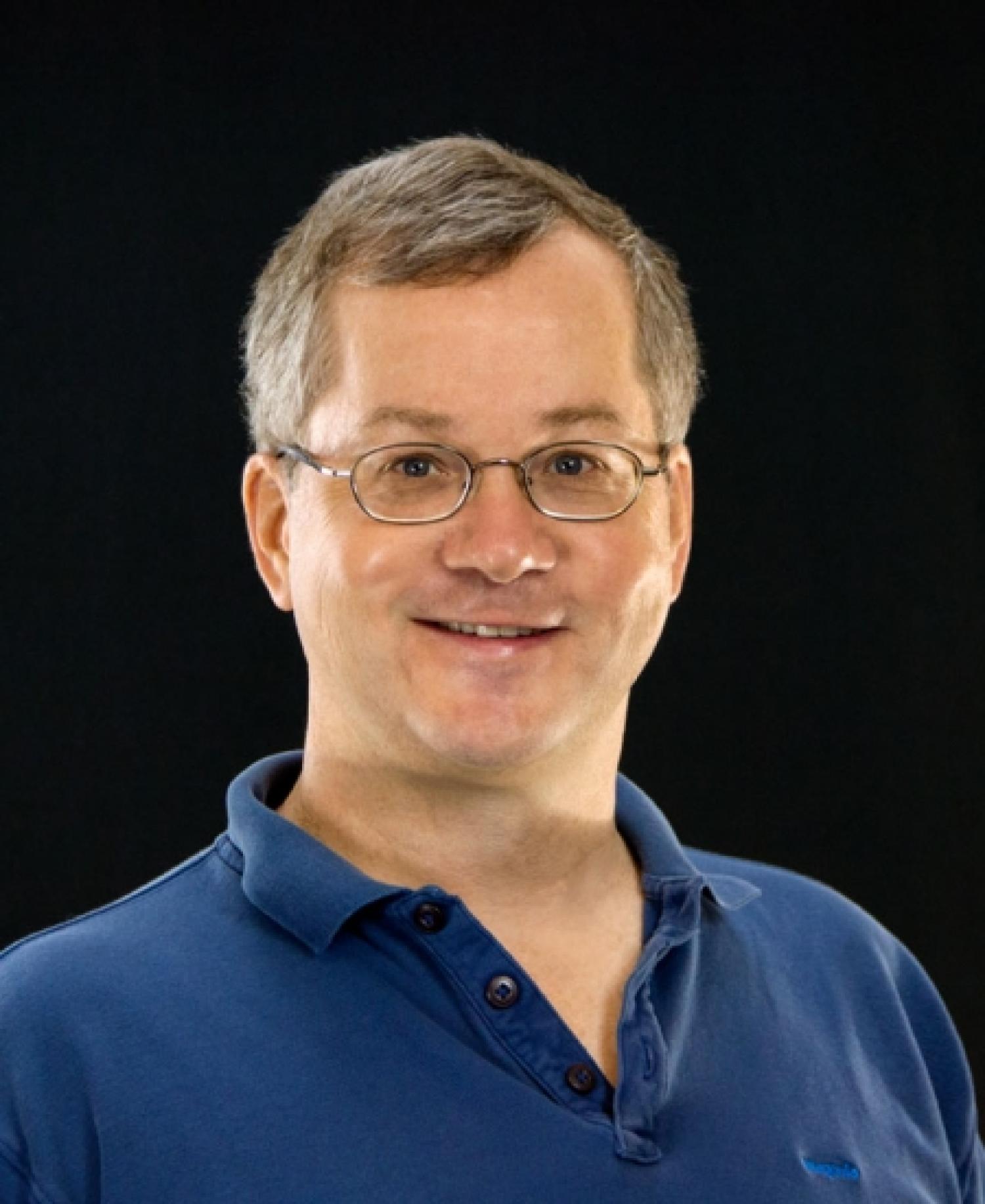Thomas Perkins
- Associate Professor, JILA Fellow, "Physicist, Quantum Physics Division, NIST"
- MOLECULAR CELLULAR AND DEVELOPMENTAL BIOLOGY

Education
Ph.D., Stanford, 1997
Research Interests:
Single-molecule biophysics; molecular motors; optical tweezers; protein-DNA interactions.
Research Profile:
Single Molecule Enzymology
Motion is ubiquitous in living organisms. The heart contracts to pump blood, cells swim towards sugar, and RNA polymerase moves as it transcribes DNA. Whatever the scale of the observable motion, proteins are the engine.
Currently, single molecule studies are revolutionizing broad areas of science, in general, and the studies of molecular motors, in particular. One outstanding question is how proteins transduce chemical energy into physical motion. Even for the best-studied motors, myosin and kinesin, this question has only been recently resolved. The Perkins group is interested in understanding how proteins move along and bind to DNA in a sequence specific manner.
One of the most widely applied single molecule techniques is optical tweezers or optical trapping. Until recently, optical trapping experiments have been limited to net motions greater than 1 nm. This resolution is sufficient to resolve the 8-nm step of kinesin or, by averaging over multiple traces, the 5.5 nm step of myosin-II and even the 1.7-nm backsliding of RNA polymerase. However, a variety of important biological motions occur on even smaller distance scales. In particular, enzymes involved in DNA replication can take steps as small as 1 base pair (bp), which corresponds to a motion of 0.338 nm along the double-stranded DNA helix.
The Perkins group's research is focused on single molecule, high precision biophysics. Specifically, we have developed new techniques and instrumentation that dramatically increase the resolution, making it possible to determine the elementary step size of nucleic acid enzymes. We have successfully developed a new technique, differential back focal plane detection, that allows us to make sub-nanometer measurements (0.1 nm), significantly improving the smallest measurements that optical trapping experiments can detect.
We are applying our new sub-nanometer technology to study (i) DNA-based molecular motors, (ii) transcription factors, which bend DNA rather than moving along it, and (iii) the folding/unfolding kinetics of RNA and RNA-protein complexes.
Stabilization of an optical microscope to 0.1 nm in three dimensions.
Carter, AR, King, GM, Ulrich, TA, Halsey, W, Alchenberger, D, and Perkins, TT Appl Opt, 46(3):421-7. 2007
Measuring 0.1-nm motion in 1 ms in an optical microscope with differential back-focal-plane detection.
Nugent-Glandorf, L and Perkins, TT Opt Lett, 29(22):2611-3. 2004
Forward and reverse motion of single RecBCD molecules on DNA.
Perkins, TT, Li, H, Dalal, RV, Gelles, J, and Block, SM Biophys J, 86(3):1640-8. 2004
Single polymer dynamics in an elongational flow.
Perkins, TT, Smith, DE, and Chu, S Science, 276(5321):2016-21. 1997
Elasticity of short DNA molecules: theory and experiment for contour lengths of 0.6-7 microm.
Seol, Y, Li, J, Nelson, PC, Perkins, TT, and Betterton, MD Biophys J, 93(12):4360-73. 2007
Precision surface-coupled optical-trapping assay with one-basepair resolution.
Carter, AR, Seol, Y, and Perkins, TT Biophys J, 96(7):2926-34. 2009


